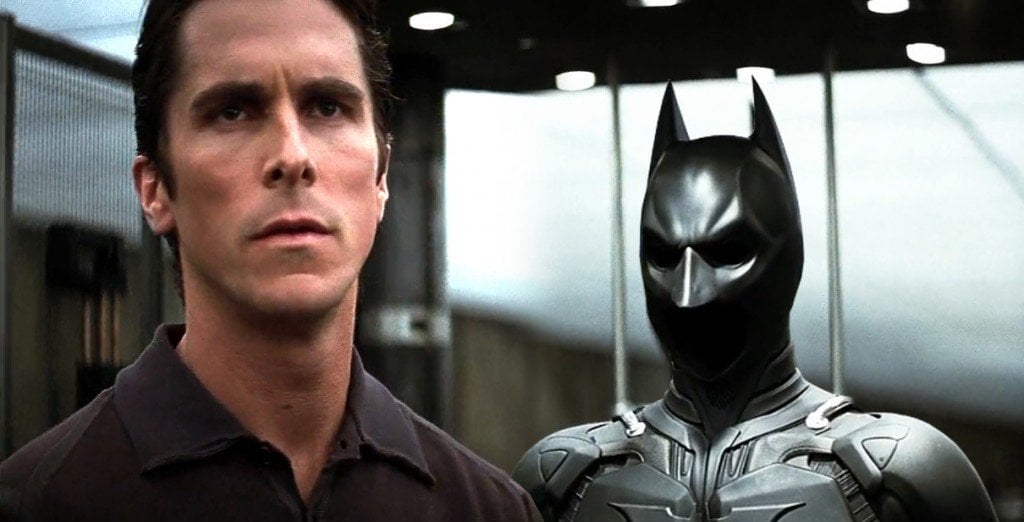I started reading Smart
Baseball by Keith Law, about the nature of player evaluation in baseball. Keith works with teams to evaluate
performance and help big league teams win more. He’s loves numbers and
comparisons and telling us how little we understand the game. He comes off a little stuffy with his 'well actually' deep dives into historic players and old statistical
measurements. He’s mostly good natured though, and it’s hard not be convinced
that these newer sabermetric figures are the most efficient ways to compile
stats.
I’m a bit old fashioned on sports, I enjoy the sport first and
consider the numbers second. Mostly I don’t think about them. I don’t gamble or
play fantasy baseball so individual stats are important as a measuring stick
for historical comparison and salary. I follow teams and then players. I
realize having statistically better players means you team is more likely to
win, but it doesn’t mean I want to slice numbers thinner than a deli counter prosciutto.
Smart Baseball isn’t a book full of
cheery anecdotes and life lessons from a former executive. It’s more like a
textbook, informational and straightforward.
The thesis is really
this: as a measure of value to a team, the old statistics should be phased out.
If the purpose is for managers, owners, scouts and sportswriters to assign values
to players, sabermetrics are perfect. The data says so at least. I think at
least some portion of this is slick graphs and quirky player FYIs. But I’m
willing to listen. Baseball elders did the best they knew how with available
data at the time. We watch a more precise game now. Everything is tracked and
nerds create new ways to map player contributions.
The much criticized statistics (batting average, RBI) at
least had broad appeal. Fans and scouts knew how to score players and assign value. Newer stats like WAR (wins above replacement) and wOBA (weighted on base
average) are certainly more precise but, for now, don’t have broad appeal.
A
guy named Bill James created efficient measures of performance in the late 70s.
We call them sabermetrics and most clubs have come around to his way of
thinking. Acceptance takes time though and just because someone comes up with a
brilliant system doesn’t mean everyone will be on board. Reluctance to change
doesn’t equate to stupidity or arrogance, it just means this ‘thing’ needs more
time.
Sabermetrics provide value where no one knew to look before.
But they risk becoming an end to themselves unless the baseball continues to
draw sharp lines around their product. They should allow changes to the game on
the margins and phase everything in slowly. The NFL created additional problems
by trying to redefine things like catches, holding and pass interference. The
multiple camera angles create the need for more precise rules on those very
things we are trying to determine. It’s a vicious cycle and not one that gets
resolved easy.
The MLB is a slow moving body, like an Alaskan glacier or
the U.S. Senate. This is a good thing. It ensures consistency. If it lets the
stats wonks change everything we track, it won’t be long before the fun is
gone. Mangers will manage purely on numbers and forget how to take chances.
Players won’t take chances at the plate on a first pitch strike if the
percentages are bad. It could be a lab experiment, a test between each team’s
mathematical models. Too boring for average fans.
Every team needs
wins. Wins come from runs. Runs come from more opportunities to score. Yes, I
realize I’m summarizing the Jonah Hill explainer from Moneyball but stay with me. By valuing certain aspects of the game
over others (OBP over AVG) clubs can scoop up wins they might not otherwise
have gotten using traditional measures of performance. Moneyball and the A’s are just the most high profile example of
this thinking. Wonkish number crunchers who follow baseball have been doing
this for years, creating their own statistics I mean.
More competitive teams mean fan participation goes up. (No I
didn’t create a graph for that but it stands to reason right?) Clubs sell more
tickets and merchandise with a winning team in town. All this comes with a lot
of caveats and side bars but winning or at least the chance of winning trumps loosing.
What does the game look like in 20 years if managers utilize shifts on defense
for every opposing batter and mix up the pitching rotation to devalue the closer?
It might turn baseball into America’s favorite sport again, but it could also
make it a total bore.
I watched a Netflix special the other night on the origins of curling. It closer to amatuer bowling in the eighties, guys from the local club meeting for beers. Apparently one of the best players found a loophole in the scoring and exploited it to countless Brier victories. The problem was it kept
scoring so low and turned the whole affair into a colossal bore that fans
started booing them everywhere they went. The sport instituted some rule
changes to prevent low scoring games (matches?) and bring back the fans.
I
think there is a lesson in there for baseball. Make changes where necessary but
be deliberate please. Too much too soon and the already dwindling fan base goes
away for good. Don’t change the nature of the sport and don’t assume statistics
that are practical and quantifiable will be embraced by everyone.
The average age of baseball fans is 57. So they have a
problem every sport suffers with, how to attract new fans while not alienating
the regulars. Don't let the math overwhelm the talent.






